Hanif Kara on building materials, the transition from old to new, and a healthy dose of realism
Hanif Kara, co-founder of structural engineering practice AKT II, discusses building materials and the future of sustainability
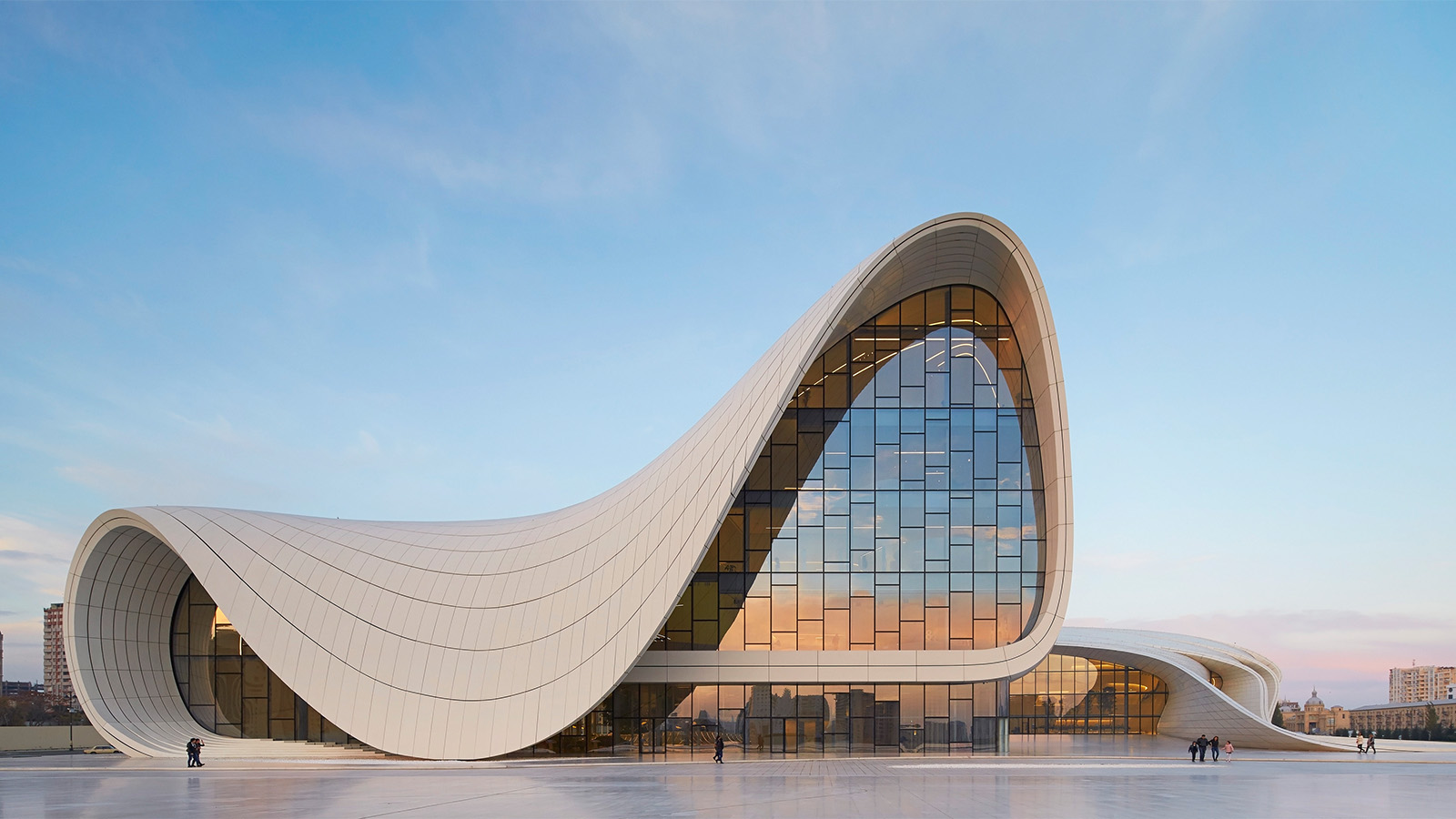
Hanif Kara is calling for calm. It's true; in the hierarchy of building materials, long-standing stalwarts are facing a major image crisis. It’s not difficult to see why. As the construction and real estate sectors battle to reduce their colossal carbon footprints, non-renewable materials harbouring high levels of embodied carbon such as concrete and steel are problematic in their current form.
In the midst of the frantic race to build better, the world-renowned structural engineer flags that we are at the start of a 20-year transition period. One that will not only see natural materials being deployed more frequently, but which will allow for necessary research and testing to be done to “clean up” others he believes are being unfairly vilified.
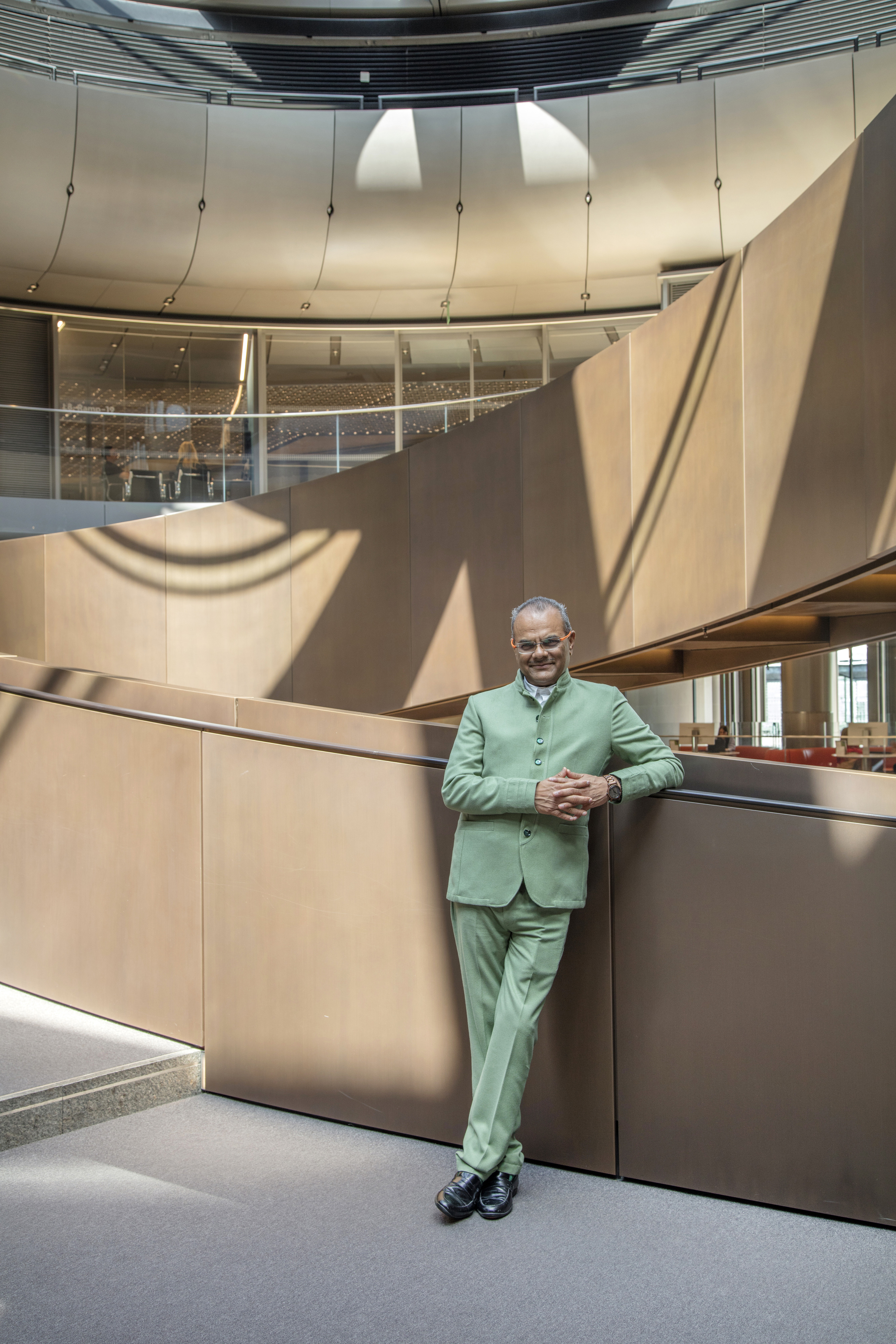
Hanif Kara at the Bloomberg European HQ
Hanif Kara - 'The days of building with anything in abundance are over'
'The days of building with anything in abundance are over,' says the co-founder of London-based structural engineering practice AKT II. 'But that doesn’t mean we should demonise steel and concrete rather than trying to make them better. Nor should we overemphasise the benefits of materials like straw and mud bricks because you can’t build with those at volume.'
The engineer’s role, he says, is to help the wider real estate industry navigate the transition from old materials to new with a healthy dose of realism.
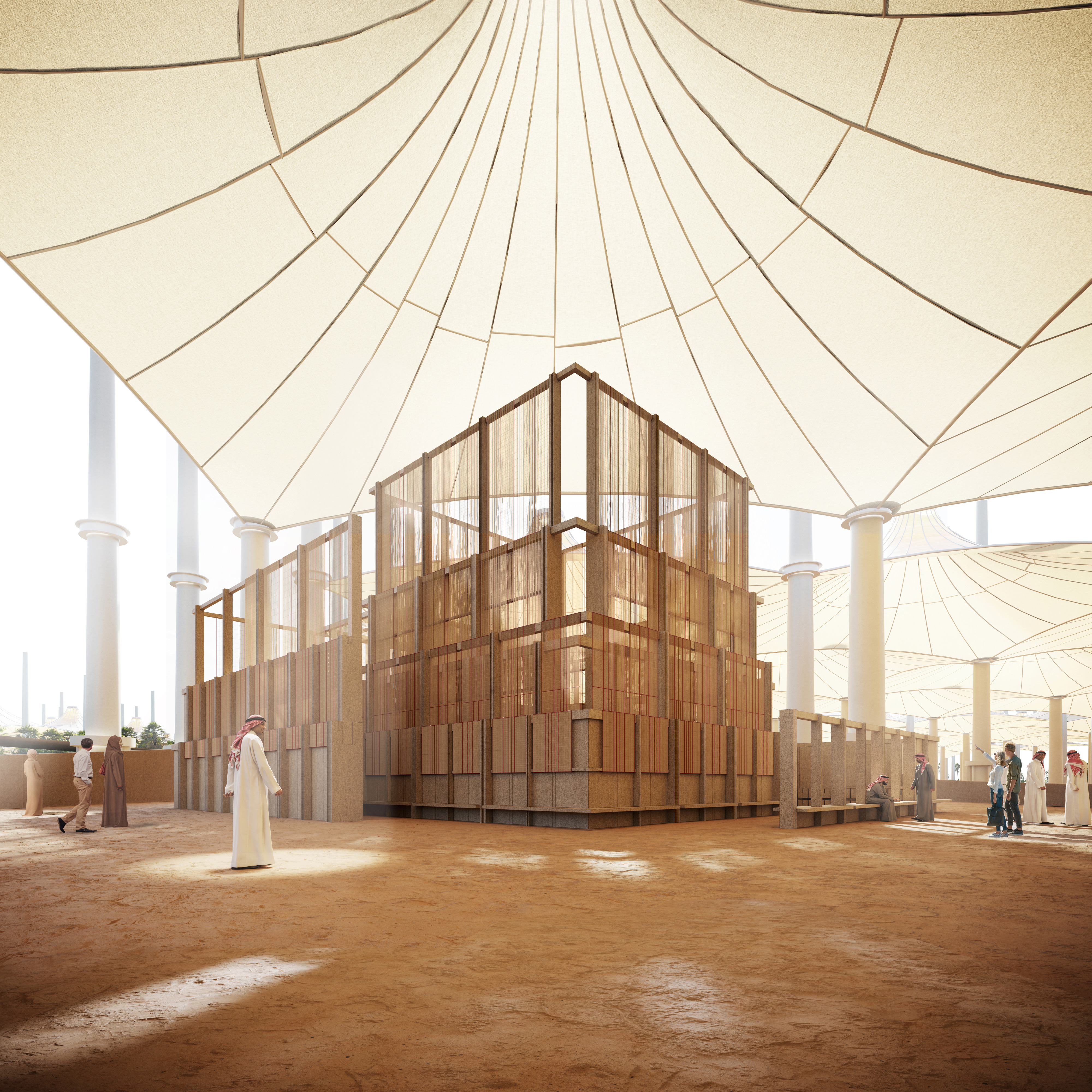
AlMusalla Prize 2024 (EAST Architecture Studio)
A smooth transition
While Kara, who became the first engineer to be awarded the Soane Medal for architecture in October this year, is committed to showcasing the successful use of natural materials, there remain limitations to widespread deployment.
The 2024 AlMusalla pavilion in Saudi Arabia made from palm wood composite - AKT II’s suggestion - is a prime example. A powerful demonstration of what can be achieved using traditional, regional materials. But until the technology to sustainably manufacture and build with them is readily available, they are an unrealistic replacement for non-renewables on a large scale.
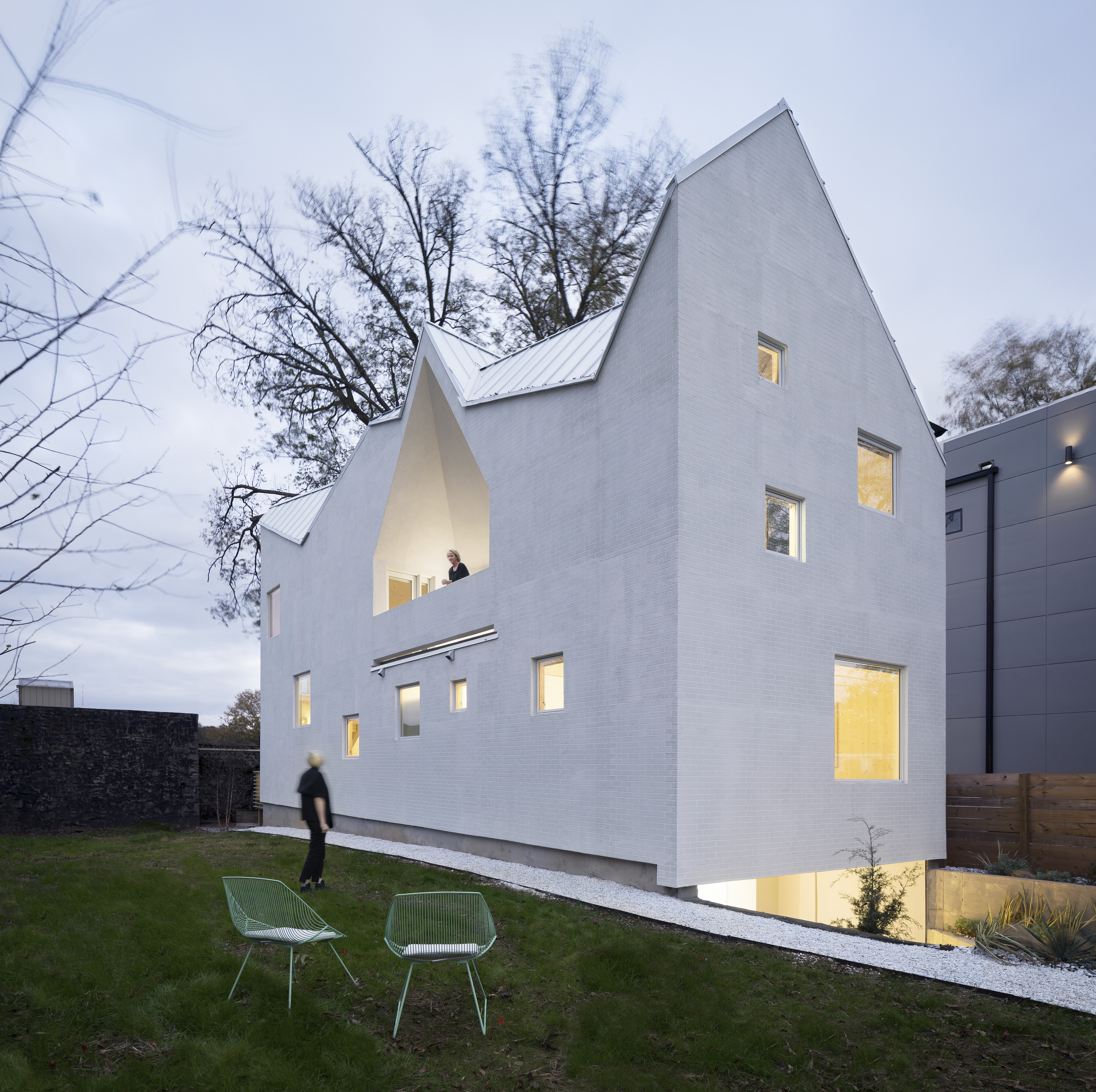
Haus Gables (Jennifer Bonner (MALL))
Trialling and testing cleaner versions of concrete and steel is one way of plugging the gap. Kara is characteristically bold on this and AKT II led one of the first uses of Earth Friendly Concrete (EFC) piles on British Land’s 53-acre Canada Water project in November 2020, saving 240 tons of carbon emissions.
Receive our daily digest of inspiration, escapism and design stories from around the world direct to your inbox.
The practice has also been working with Imperial College and an affiliate company called Seratech to patent and deploy an aggregate in concrete that will make the product cleaner by eliminating the need for lime and cement – “the guilty party” – and give it carbon capturing qualities.
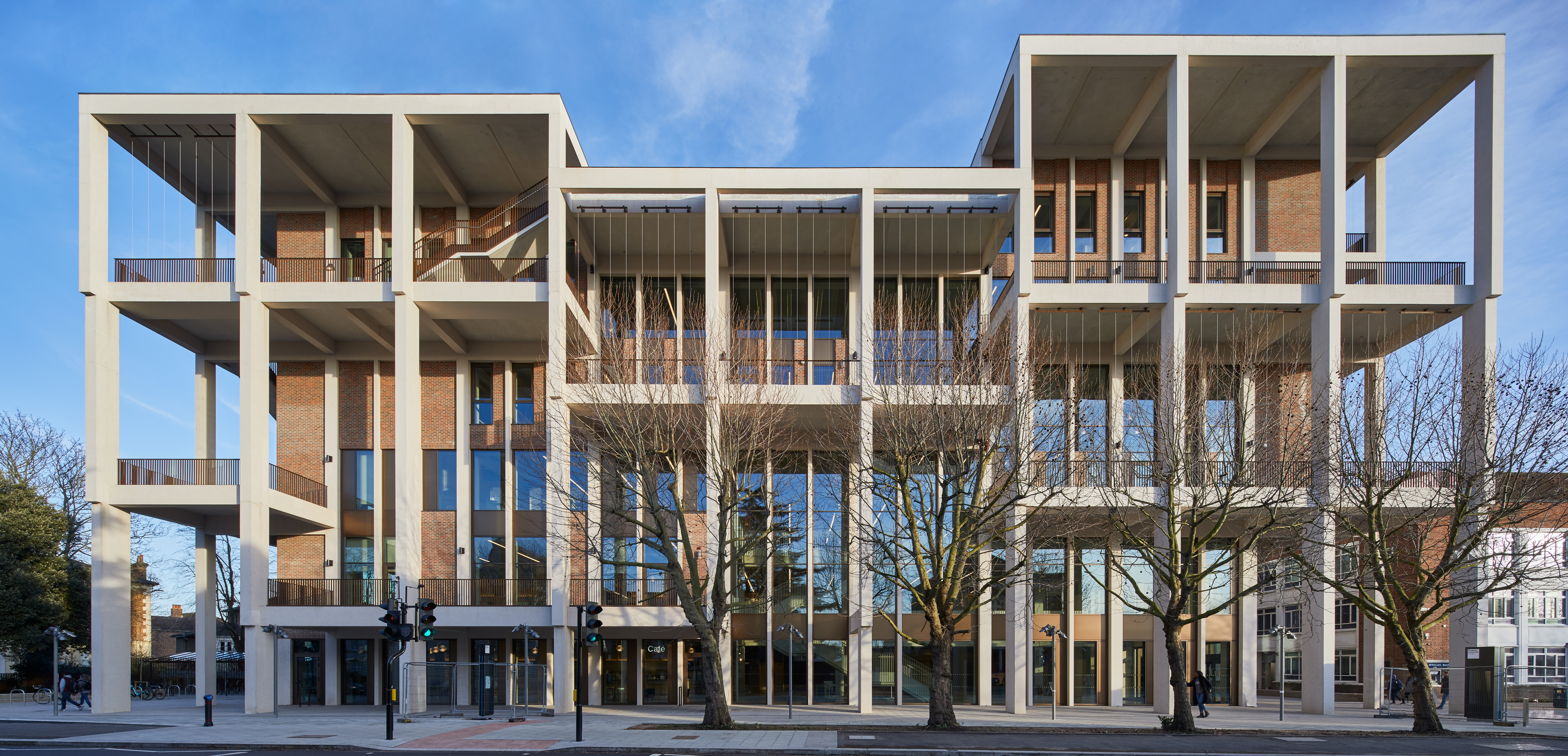
Town House, Kingston University Grafton Architect)
And while Kara might disagree with the demonisation of materials like concrete, he fully supports eliminating their use where possible. 'The way we analyse how buildings sit on the ground has got a lot more sophisticated,' he says. 'This means we can ask ‘do we really have to pile it’? The industry does not always need to take the overabundant approach we have all become so used to.'
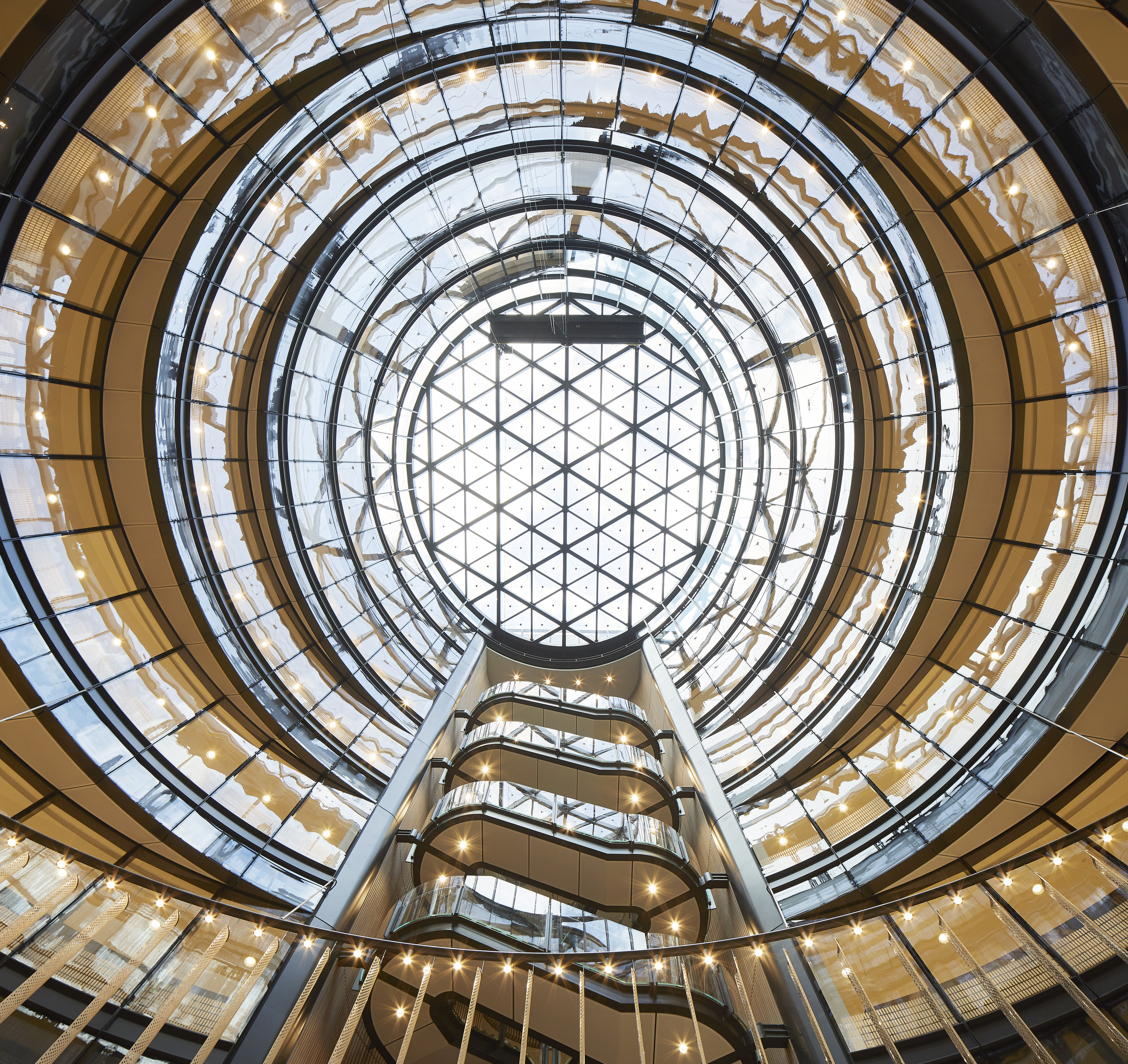
100 Liverpool Street (Hopkins Architects)
Hope at the cliff’s edge
One of the most obvious opportunities for balancing materials old and new is retrofitting. 'You often find there is a lot you can keep,' says Kara. 'The Arding & Hobbs building in Clapham is a current example of this. We worked out how to take the building from what it was to what it needs to be and asked ourselves ‘by keeping that [material] can we still put the building to use?’ Then we have had to choose our new materials very carefully - and that’s where the research into cleaning up concrete and steel is so important - so as not to cancel out everything we are saving. Can we use less steel? Can we find better steel? Or second-hand steel? These are all conversations going on across the industry around retrofitting.
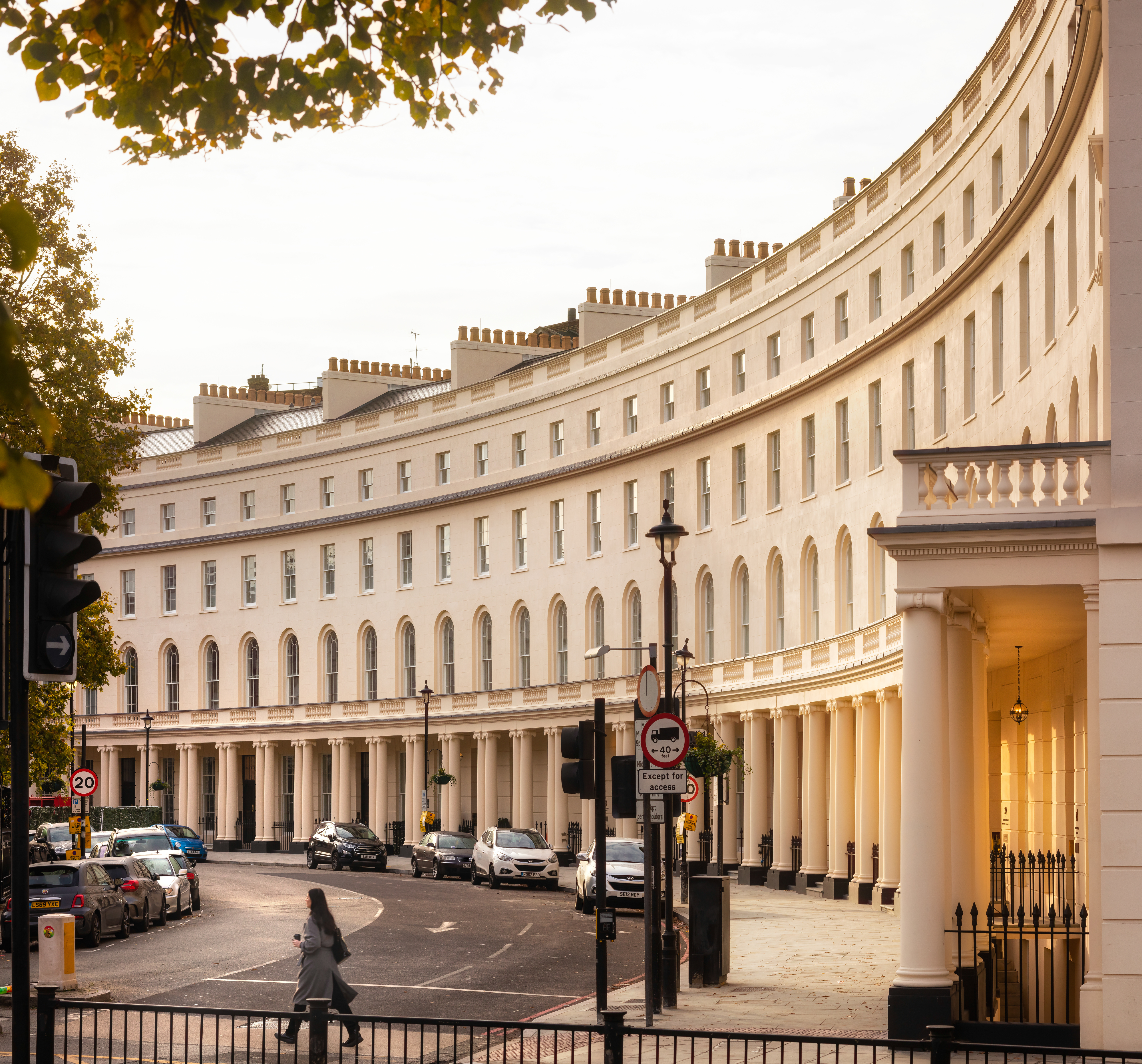
Regent's Crescent Studio PDP
'There are so many things being tested and researched, and a lot of people are working very hard to address the impact of building materials on the planet,' he adds. 'Despite the fact we can see the cliff’s edge now, there is a trajectory of improvement. And that gives me a lot of hope. We are heading in the right direction.'
Emily Wright is a journalist and moderator with over twenty years’ experience writing about and commenting on real estate, architecture, design and innovation. Formerly head of content and global editor at leading real estate title Estates Gazette, she now writes for a range of titles including Wallpaper*, The Times, Dezeen and The Spaces and has interviewed architects, developers and political figures including Zaha Hadid, Richard Rogers, Norman Foster, Terence Conran and Donald Trump. A passionate advocate for human-centred design she also writes Well-Placed, a monthly Substack focussed on the importance of places and spaces designed and developed with the end-user in mind.
-
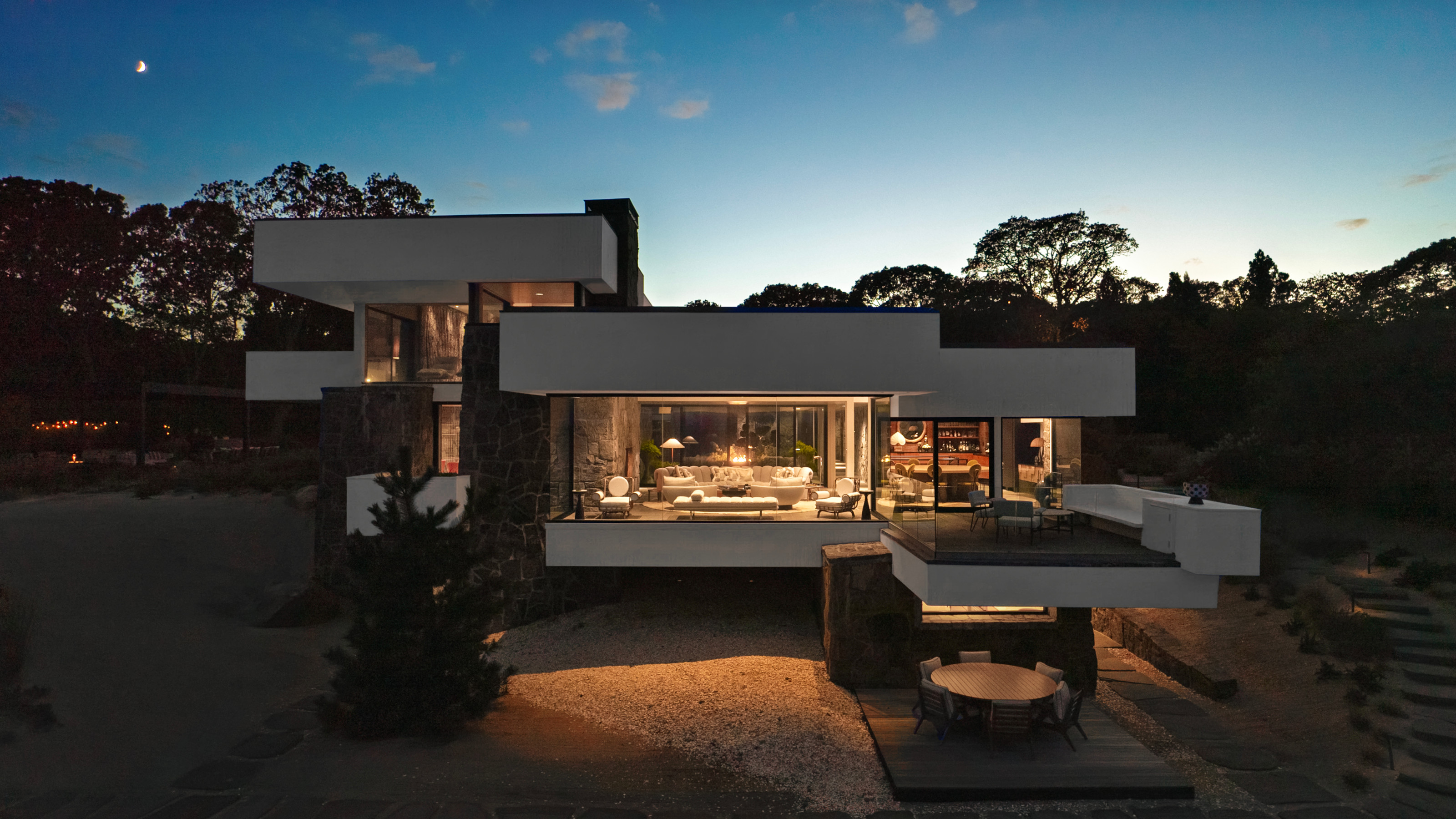 Modernism for sale: a Norman Jaffe-designed icon on Shelter Island hits the market
Modernism for sale: a Norman Jaffe-designed icon on Shelter Island hits the marketThe Osofsky House epitomised the glamour of high-end 70s modernism on Long Island. Now updated and refurbished, it’s back on the market for the first time in over two decades
-
 Discover Locus and its ‘eco-localism' - an alternative way of thinking about architecture
Discover Locus and its ‘eco-localism' - an alternative way of thinking about architectureLocus, an architecture firm in Mexico City, has a portfolio of projects which share an attitude rather than an obvious visual language
-
 MoMA celebrates African portraiture in a far-reaching exhibition
MoMA celebrates African portraiture in a far-reaching exhibitionIn 'Ideas of Africa: Portraiture and Political Imagination' at MoMA, New York, studies African creativity in photography in front of and behind the camera
-
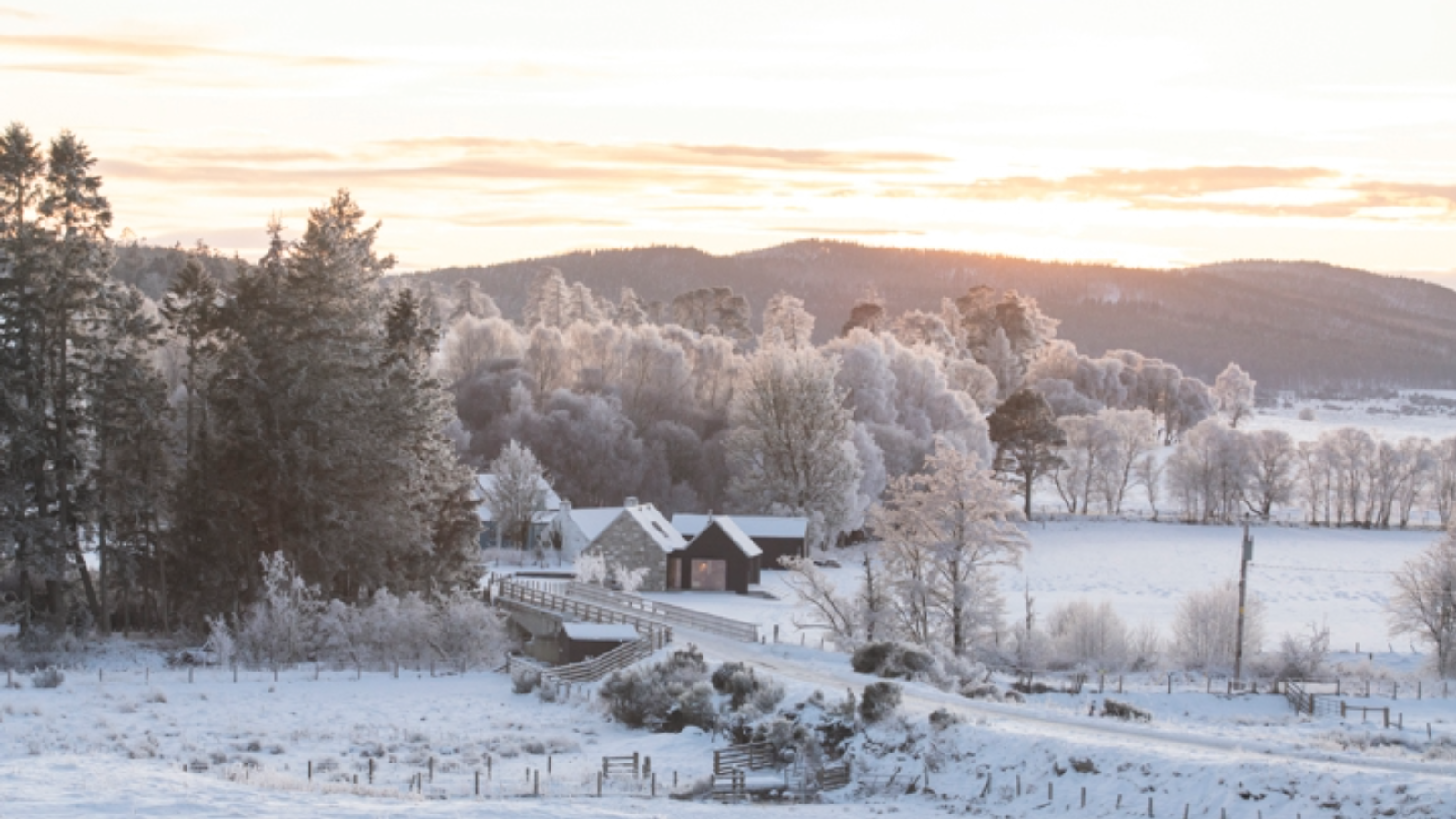 Step inside this perfectly pitched stone cottage in the Scottish Highlands
Step inside this perfectly pitched stone cottage in the Scottish HighlandsA stone cottage transformed by award-winning Glasgow-based practice Loader Monteith reimagines an old dwelling near Inverness into a cosy contemporary home
-
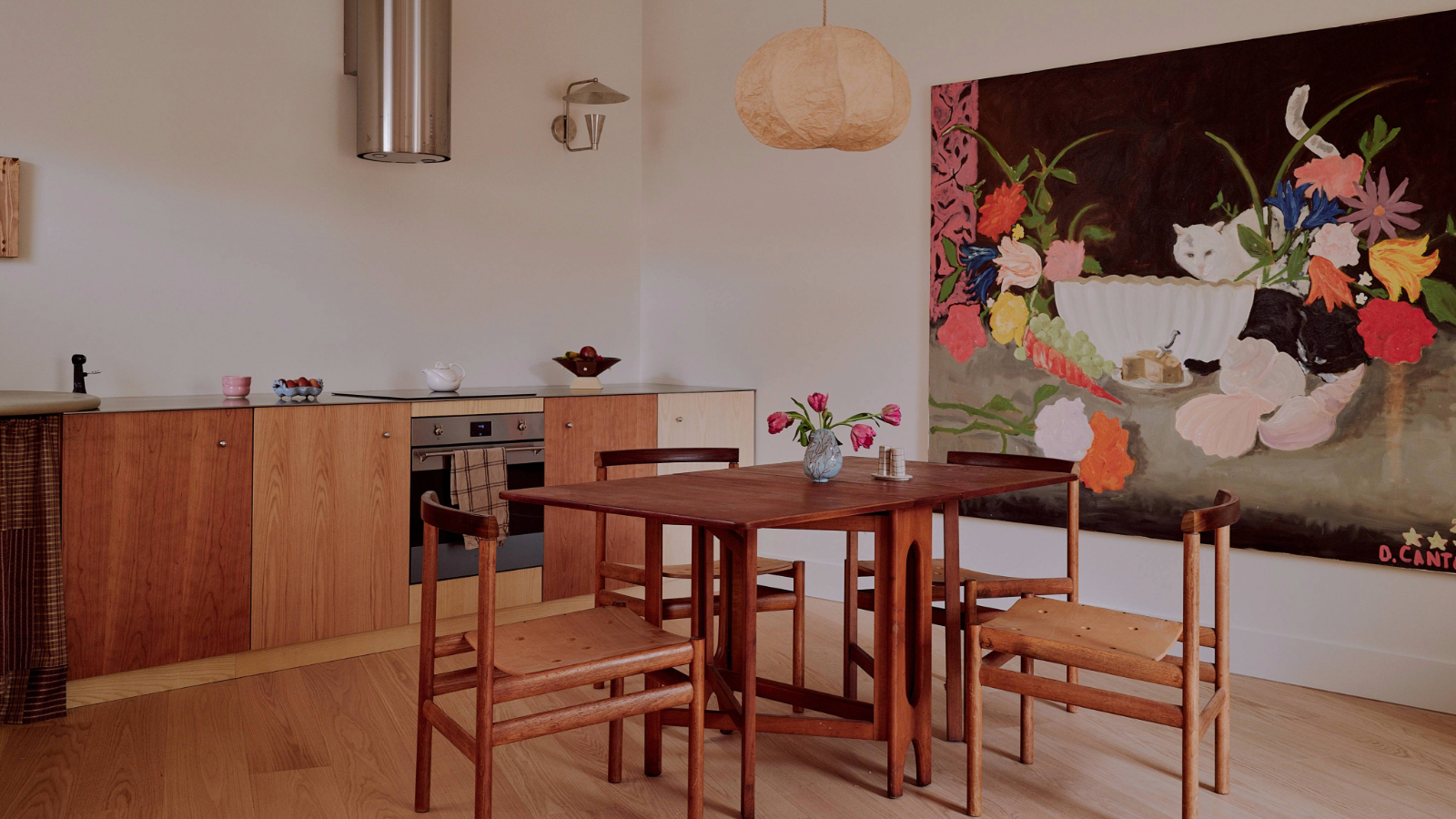 This curved brick home by Flawk blends quiet sophistication and playful details
This curved brick home by Flawk blends quiet sophistication and playful detailsDistilling developer Flawk’s belief that architecture can be joyful, precise and human, Runda brings a curving, sculptural form to a quiet corner of north London
-
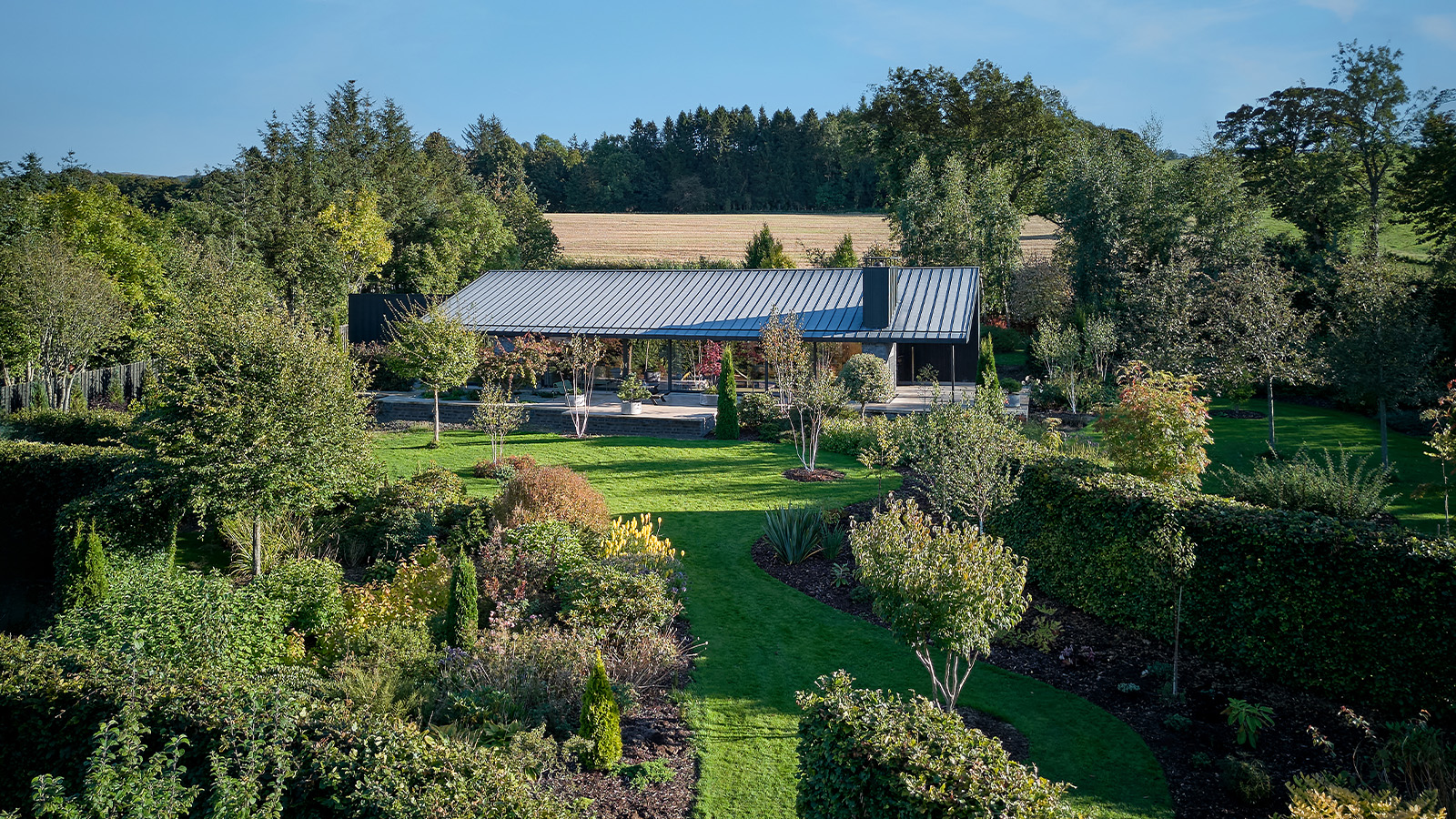 A compact Scottish home is a 'sunny place,' nestled into its thriving orchard setting
A compact Scottish home is a 'sunny place,' nestled into its thriving orchard settingGrianan (Gaelic for 'sunny place') is a single-storey Scottish home by Cameron Webster Architects set in rural Stirlingshire
-
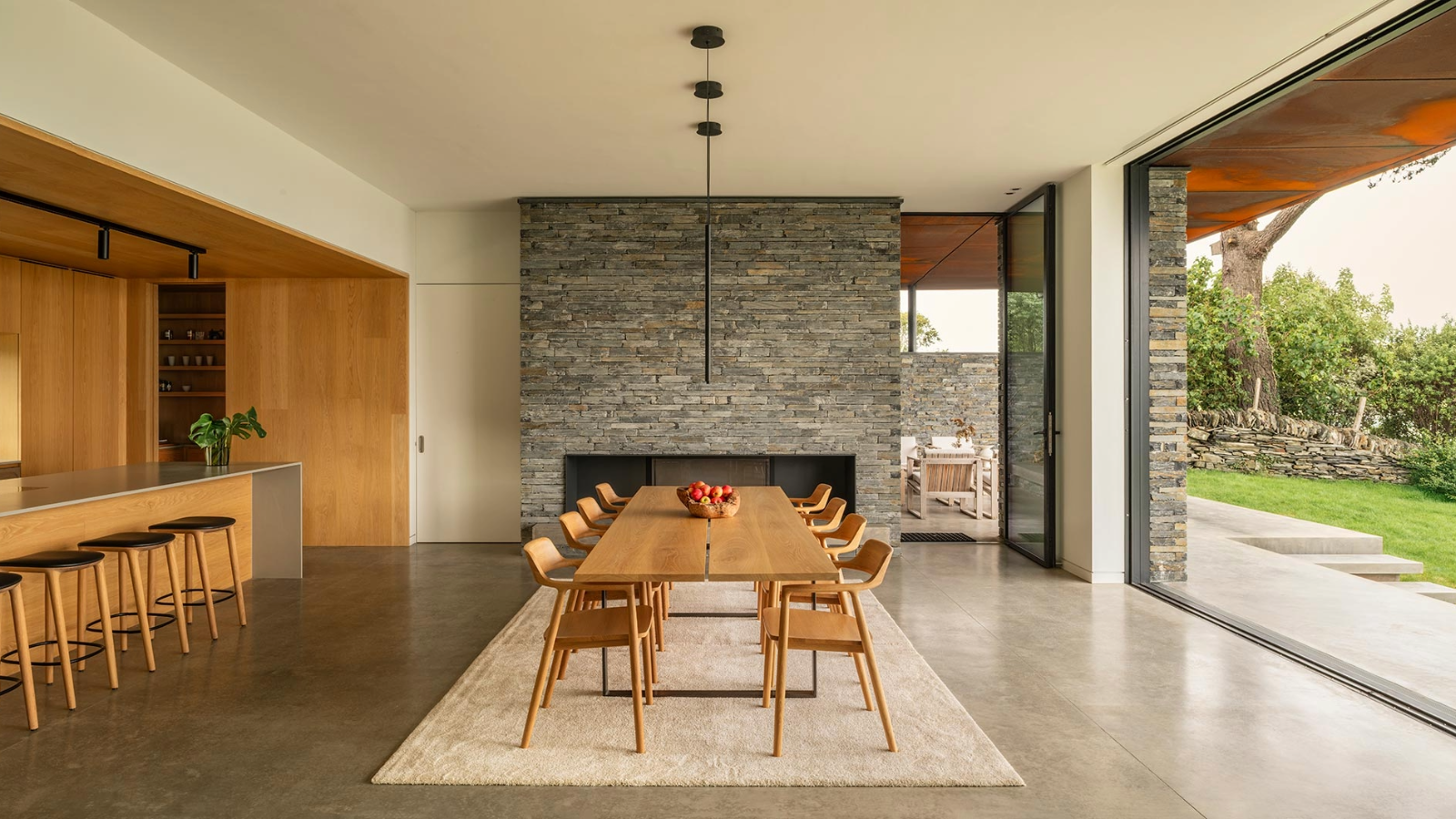 Porthmadog House mines the rich seam of Wales’ industrial past at the Dwyryd estuary
Porthmadog House mines the rich seam of Wales’ industrial past at the Dwyryd estuaryStröm Architects’ Porthmadog House, a slate and Corten steel seaside retreat in north Wales, reinterprets the area’s mining and ironworking heritage
-
 Arbour House is a north London home that lies low but punches high
Arbour House is a north London home that lies low but punches highArbour House by Andrei Saltykov is a low-lying Crouch End home with a striking roof structure that sets it apart
-
 A former agricultural building is transformed into a minimal rural home by Bindloss Dawes
A former agricultural building is transformed into a minimal rural home by Bindloss DawesZero-carbon design meets adaptive re-use in the Tractor Shed, a stripped-back house in a country village by Somerset architects Bindloss Dawes
-
 RIBA House of the Year 2025 is a ‘rare mixture of sensitivity and boldness’
RIBA House of the Year 2025 is a ‘rare mixture of sensitivity and boldness’Topping the list of seven shortlisted homes, Izat Arundell’s Hebridean self-build – named Caochan na Creige – is announced as the RIBA House of the Year 2025
-
 In addition to brutalist buildings, Alison Smithson designed some of the most creative Christmas cards we've seen
In addition to brutalist buildings, Alison Smithson designed some of the most creative Christmas cards we've seenThe architect’s collection of season’s greetings is on show at the Roca London Gallery, just in time for the holidays